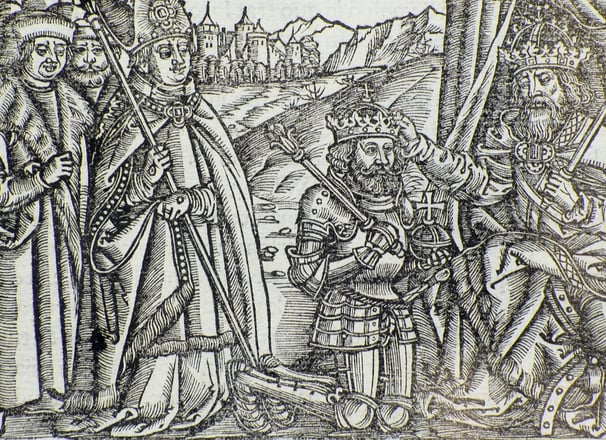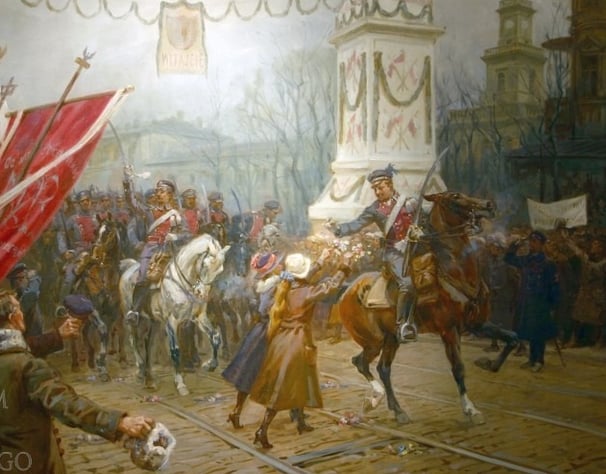
Epic
polish
story
A thousand years of history can cast a long shadow — but every epic begins with a single chapter.
We’ll unfold Poland’s millennium in five vivid acts: from the dawn of the nation through the rise of a superpower, to the fall of a state, through the fight for survival and finaly rebirth.


Dawn
of a nation
Between 965 and 1410, Poland evolved from a fragmented tribal land into a powerful medieval kingdom. In 966, Duke Mieszko I adopted Christianity, aligning Poland with Western Europe.
His successors,
particularly Bolesław
the Brave (r. 992–1025), expanded Polish influence and secured royal status in 1025.
The 12th and 13th centuries saw political fragmentation, Mongol invasions (1241), and German colonization. However, the 14th century marked a revival under King Władysław Łokietek (r. 1320–1333), who reunified Poland. His son, Casimir III the Great (r. 1333–1370), strengthened the economy, law, and diplomacy.
966-1370


Rise
to power
Between 1410 and 1654, Poland rose to become one of Europe’s dominant powers. The victory at the Battle of Grunwald (1410) weakened the Teutonic Order, leading to the Thirteen Years’ War and the reclaiming of Royal Prussia.
The Polish Golden Age (16th–early 17th century) was marked by economic prosperity, military strength, and cultural achievements. The Union of Lublin (1569) created the Polish-Lithuanian Commonwealth, one of the largest and most politically unique states in Europe, with a system of noble democracy.
The Commonwealth became a center of Renaissance thought, religious tolerance, and scientific advancements, with figures like Nicolaus Copernicus revolutionizing astronomy. The period also saw architectural and literary development, with poets like Jan Kochanowski shaping Polish literature.
Militarily, Poland expanded its influence, defeating the Tsardom of Russia, Sweden, and the Ottoman Empire. Victories such as the Battle of Orsha (1514) and the capture of Moscow (1610) showcased Polish power.
1385-1572


Fall
of liberty
Poland-Lithuania transitioned from a European powerhouse to a state in decline, ultimately losing its independence.
The mid-17th century saw devastating wars, including the Swedish Deluge (1655–1660), which ravaged the country, and conflicts with Russia and the Ottoman Empire. Though victories like the Battle of Vienna (1683), where King Jan III Sobieski defeated the Ottoman Turks, briefly restored Polish prestige, internal struggles persisted.
The Liberum Veto, a political mechanism allowing any noble to block legislation, paralyzed governance. Corruption and foreign influence weakened the state, making it vulnerable to its neighbors. Despite attempts at reform, such as the Constitution of May 3, 1791, one of the first modern constitutions in Europe, Poland faced growing external threats.
Between 1772 and 1795, Prussia, Russia, and Austria partitioned Poland in three stages, erasing it from the map of Europe. The once-mighty Commonwealth ceased to exist, beginning over a century of foreign rule and national struggle for independence.
1572-1795


Fight
for freedom
Poland endured over a century of foreign rule, two world wars, and communist oppression before regaining full independence.
After the Third Partition (1795), Poland disappeared from the map, but Poles continuously resisted, staging uprisings such as the November Uprising (1830) and January Uprising (1863) against Russian rule.
1795-1989
In 1918, after World War I, Poland regained independence under Józef Piłsudski, marking the rebirth of the Polish state. However, this freedom was short-lived as World War II brought devastation - Poland was invaded by Nazi Germany and the Soviet Union in 1939. Millions of Poles perished in the Holocaust and wartime atrocities. After the war, Poland fell under Soviet influence, becoming a communist state.
For decades, Poles resisted communist rule, with movements like Solidarity (Solidarność), led by Lech Wałęsa, challenging Soviet control. After years of struggle, protests, and negotiations, Poland peacefully transitioned to democracy in 1989, marking the end of communist rule and the beginning of a new era of freedom.


Rise
from the ashes
Poland endured over a century of foreign rule, two world wars, and communist oppression before regaining full independence.
After the fall of communism in 1989, Poland embarked on a rapid transformation into a democratic state and a free-market economy. Poland emerged as one of the fastest-growing economies in the world.
1989-2025
In 1999, Poland joined NATO, strengthening its security and ties with Western allies. In 2004, the country became a member of the European Union, benefiting from structural funds, increased trade, and modernization of infrastructure. These developments contributed to a significant improvement in living standards.
In the 21st century, Poland has played an active role in European and global politics, balancing economic growth with internal political debates. Today, it remains one of the key players in Central and Eastern Europe, with a strong economy and strategic geopolitical position.
